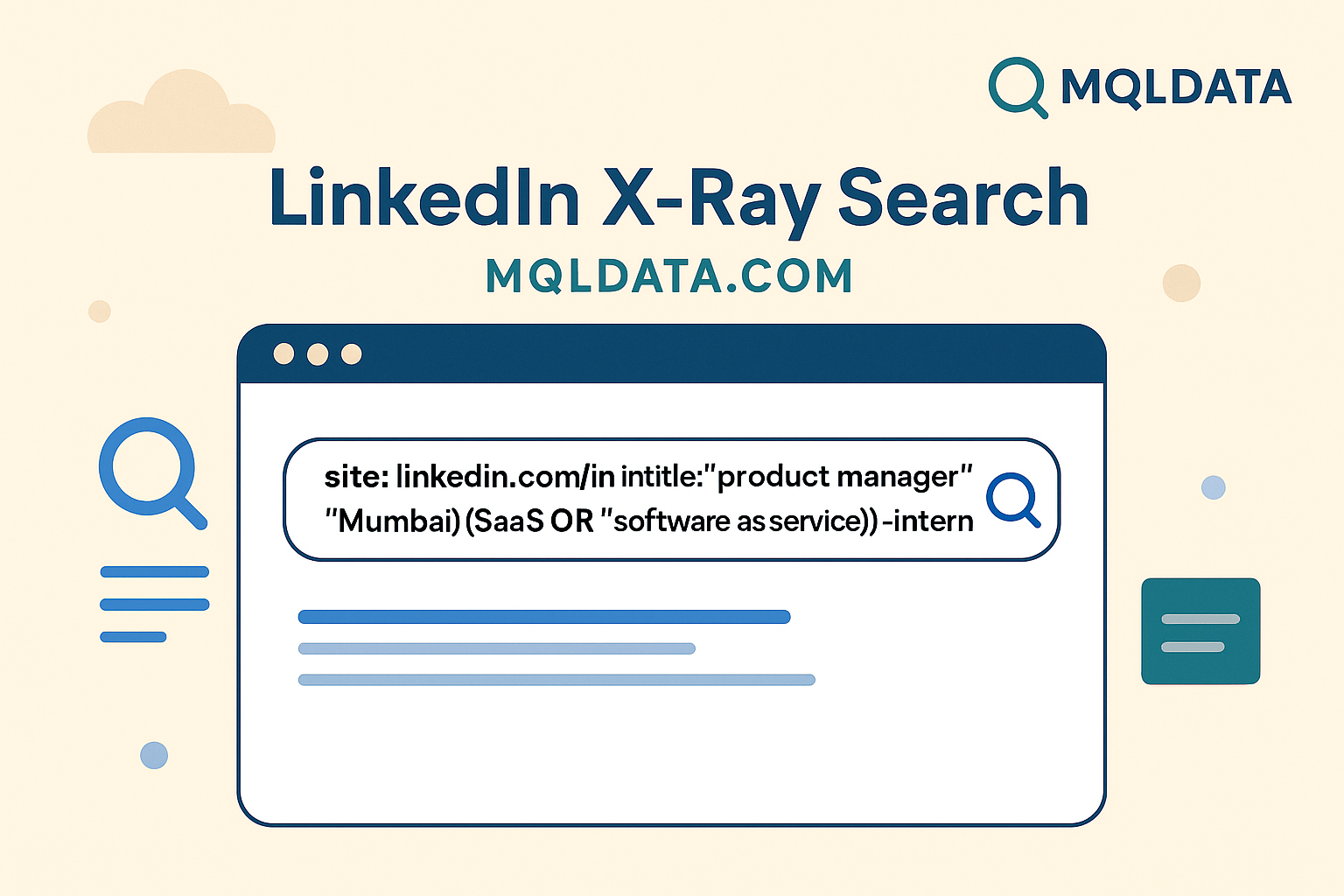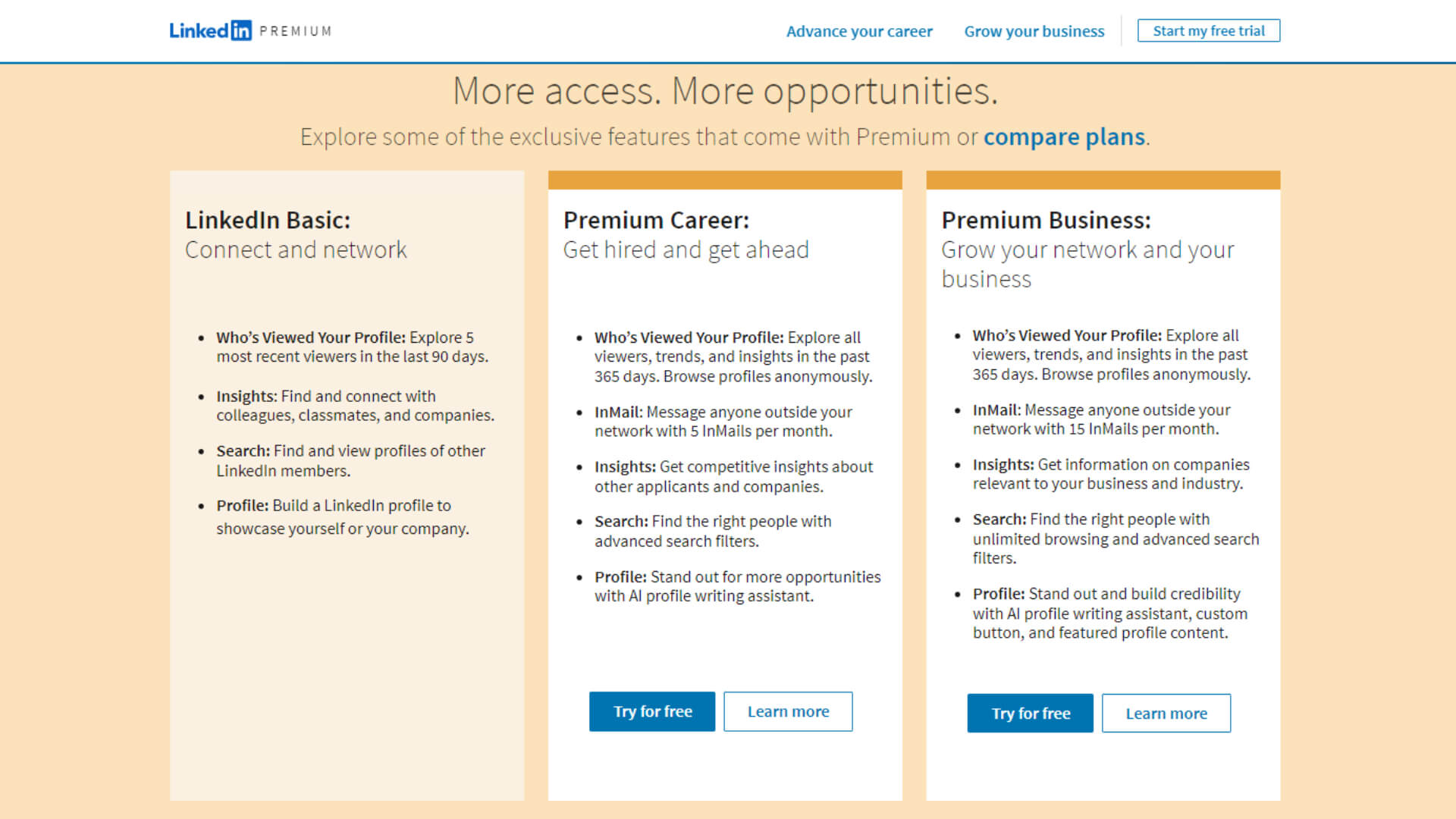
Email marketing is most effective when it follows best practices that maximize engagement while minimizing spam complaints and unsubscribes. Here are the key best practices:
1. Build a Quality Email List
- Use Opt-in Forms: Collect emails through signup forms on your website, social media, or lead magnets (e.g., free guides, ebooks).
- Avoid Buying Email Lists: Purchased lists often contain unverified emails and may result in high bounce rates and spam complaints.
- Use Double Opt-in: Confirm subscriptions with a verification email to ensure genuine engagement.
2. Segment Your Audience
- Demographics & Interests: Group subscribers based on location, industry, or preferences.
- Behavior-based Segmentation: Segment users based on past purchases, website visits, or email interactions.
- Engagement Level: Separate active users from inactive ones and use re-engagement campaigns.
3. Craft Engaging & Personalized Content
- Personalization: Use the recipient’s name and tailor content based on past behavior.
- Compelling Subject Lines: Keep subject lines short, engaging, and relevant.
- Clear Call-to-Action (CTA): Ensure CTAs (e.g., "Download Now" or "Shop Now") are visible and compelling.
- Mobile-Friendly Design: Use responsive email templates for easy reading on all devices.
4. Maintain a Healthy Sending Reputation
- Use a Verified Domain: Authenticate your email domain with SPF, DKIM, and DMARC.
- Monitor Deliverability: Regularly check email open rates, bounce rates, and spam complaints.
- Clean Your Email List: Remove inactive or invalid addresses periodically.
- Send from a Recognizable Sender Name: Use your brand’s domain instead of free email providers like Gmail or Yahoo.
5. Optimize Sending Frequency & Timing
- Avoid Overloading Subscribers: Sending too many emails can lead to unsubscribes or spam complaints.
- Test Best Sending Times: Tuesdays and Thursdays around mid-morning or early afternoon often work best.
- A/B Test Email Campaigns: Test subject lines, send times, and CTA placements to optimize performance.
6. Compliance with Email Marketing Laws
- Follow GDPR, CAN-SPAM, and Other Regulations:
- Include an unsubscribe link in every email.
- Obtain explicit consent before sending promotional emails.
- Provide your business contact details in emails.
7. Track Performance & Improve
- Monitor Key Metrics:
- Open Rate: How many recipients opened your email.
- Click-Through Rate (CTR): How many clicked a link inside.
- Conversion Rate: How many took the desired action.
- Bounce Rate: Percentage of undelivered emails.
- Unsubscribe & Spam Complaints: Indicators of email relevance.
- Use Analytics Tools: Platforms like Mailchimp, HubSpot, and SendGrid provide insights into performance.
- Refine Based on Data: Adjust email frequency, subject lines, and content based on analytics.






